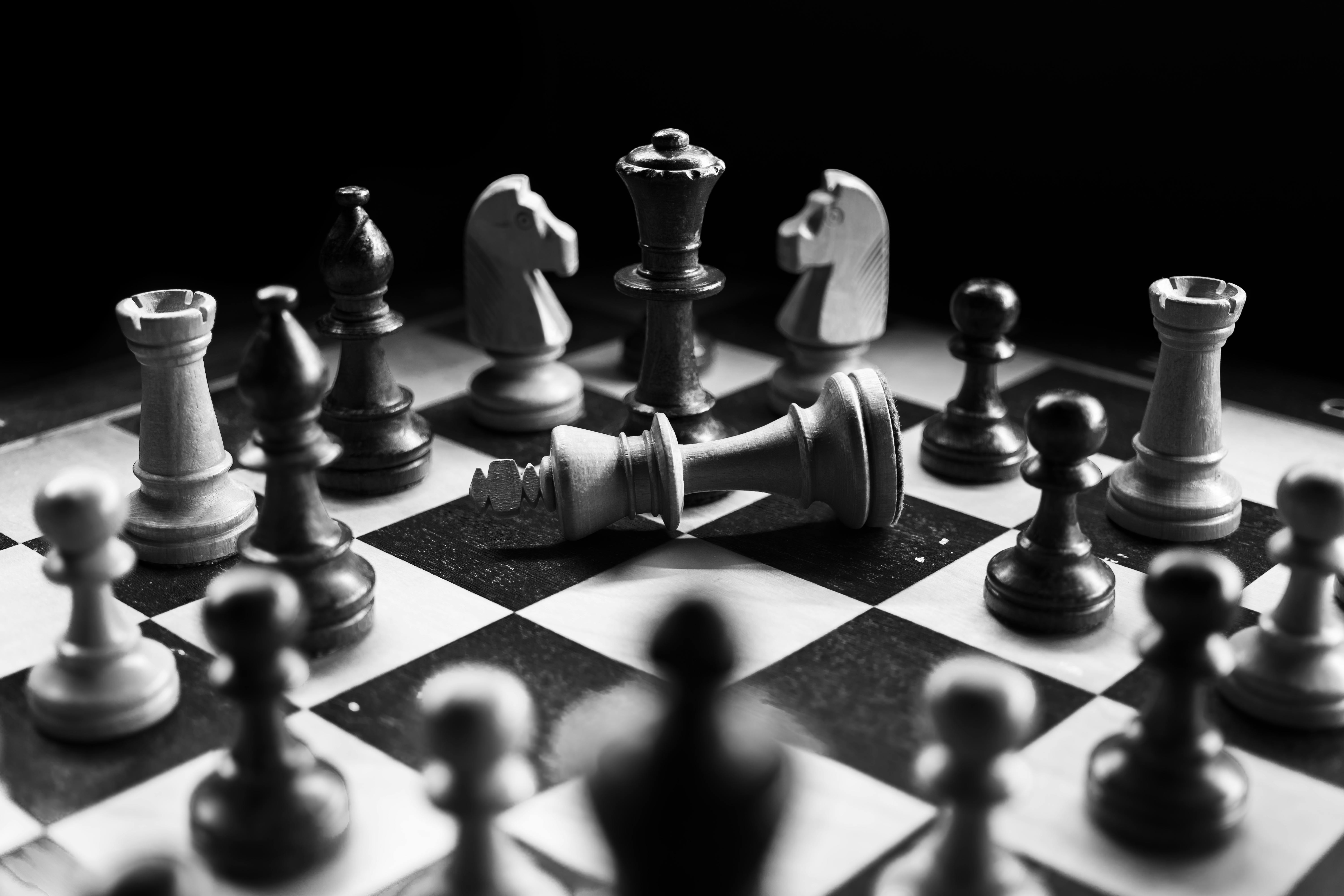Breaking Down the Intricacies of Fencing: A Comprehensive Guide
Sporting duels have been a part of human history for as long as we can remember. One such duel that has stood the test of time, evolving from a lethal combat technique to a respected sport, is fencing. Far from its bloody origins, modern fencing is a captivating combination of speed, strategy, and finesse.

A Brief History of Fencing
Fencing originated in Spain in the 15th century as a form of military training. Over the centuries, it evolved into a sport with its own set of rules and techniques. The first fencing schools opened in the 18th century, and by the 19th century, fencing had become a popular pastime among the aristocracy. Today, it is a respected Olympic sport that requires a high level of physical and mental agility.
The Art of Fencing: Key Techniques and Strategies
Modern fencing is a game of strategy and speed. There are three types of fencing—foil, epee, and sabre—each with its own set of rules and techniques. A fencer’s strategy depends on their weapon of choice, their opponent’s style, and the current score of the match. For instance, foil fencers often rely on speed and precision, while epee fencers may use a more defensive strategy.
Benefits and Challenges of Fencing
Fencing offers numerous physical and mental benefits. It improves cardiovascular fitness, agility, balance, and hand-eye coordination. Mentally, it sharpens the mind, promotes strategic thinking, and boosts self-confidence. However, it’s not without its challenges. Fencing requires a significant investment of time and effort to master, and the equipment can be expensive.
Fencing in the Real World: Practical Applications
While most people engage in fencing for sport or recreation, it has practical applications too. The physical benefits of fencing—such as improved agility and hand-eye coordination—can be beneficial in other sports and daily activities. Furthermore, the mental discipline and strategic thinking required in fencing can be applied in various aspects of life, such as problem-solving and decision-making.
Looking Forward: The Future of Fencing
Fencing, like all sports, continues to evolve. Today, technology plays a crucial role in the sport, from electronic scoring systems to advances in training methods. As we look to the future, we can expect further developments that will continue to enhance the sport and attract new participants.
In conclusion, fencing is a dynamic and engaging sport that offers a unique blend of physical and mental challenges. Whether you’re an athlete looking for a new challenge or a sport enthusiast seeking a deeper understanding of the game, diving into the world of fencing can be an enriching experience.




